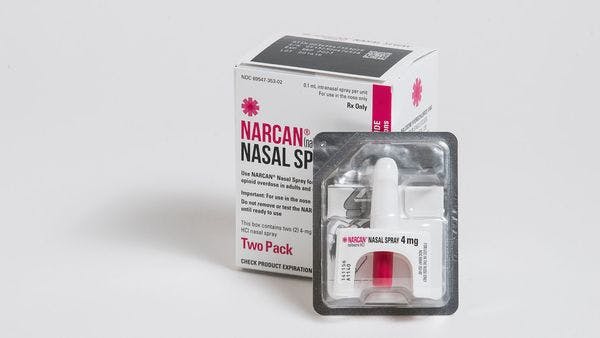Reducción de daños en zonas rurales de los Estados Unidos
Pese a la cambiante retórica del gobierno central, quienes propugnan la reducción de daños en áreas rurales de los EE.UU. enfrentan intensas reacciones negativas de tipo político, legal y social. Más información, en inglés, está disponible abajo.
By Zachary Siegel / Filter Magazine
In a warm winter night, a small group of harm reduction workers in Charleston, West Virginia, stuffed the trunk of a gray car with hundreds of kits containing sterile syringes, light blue tourniquets, packets of alcohol swabs, little balls of cotton, and the opioid-overdose antidote, naloxone. All of the ingredients to prevent a fatal overdose and inject drugs without contracting a viral infection.
Before the sun set, this group of mobile harm reduction workers had sent encrypted text messages to people in the area who needed these supplies, detailing times and locations for secret drop-offs. Everyone was told to look out for the gray car.
“We’ve been forced to work in the shadows.”
For the next several hours, I sat shotgun criss-crossing Kanawha (pronounced: Kuh-Naw) County, pulling into parking lots of big box stores and fast food restaurants which, for a brief moment, became sites of health care and civil disobedience. As we arrived at each parking lot, people would approach the car, warily at first. Once the car doors were open and the coast was deemed clear, the hand-offs quickened and people walked briskly away with a word of thanks and their injection supplies.
“It feels like we’re doing a drug deal,” one of the harm reduction workers said, driving to the next parking lot. “We’ve been forced to work in the shadows.”
Regiones
Perfiles relacionados
- Filter Mag
